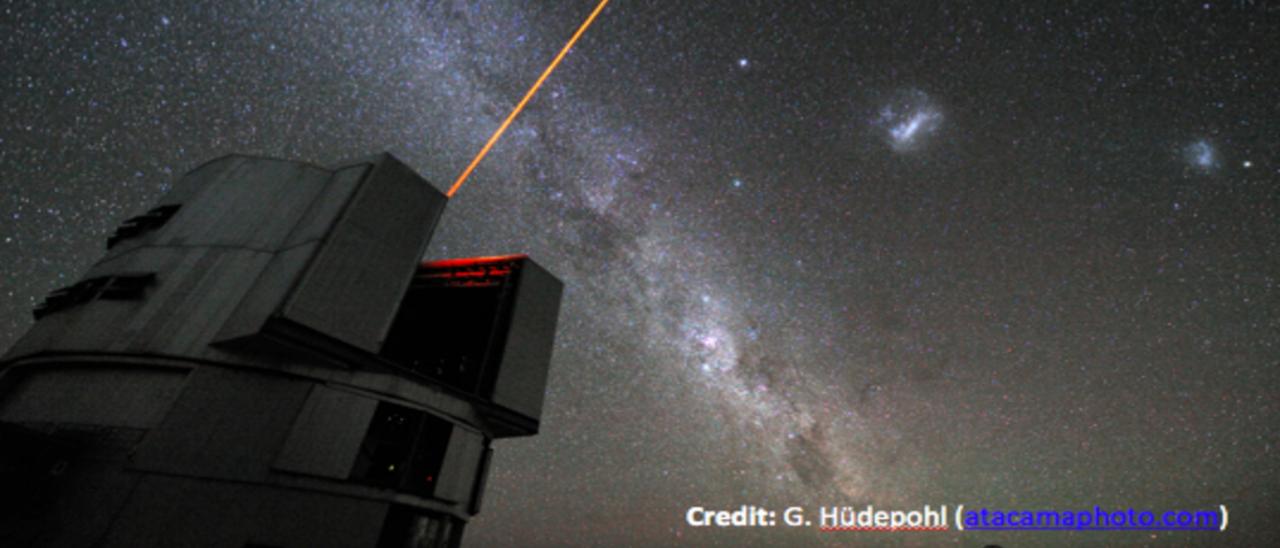Subvenciones relacionadas:
General
La formación y evolución de galaxias es un problema fundamental en Astrofísica. Su estudio requiere “viajar atrás en el tiempo”, para lo cual hay dos enfoques complementarios. El mas extendido consiste en analizar las propiedades de las galaxias a diferentes distancias cosmológicas. Nuestro equipo se concentra en el otro enfoque, denominado “Arqueología Galáctica”. Se basa en la determinación de las propiedades de las galaxias a partir del estudio de sus estrellas individuales. Según su masa, las estrellas pueden vivir tanto como el propio Universo, y por tanto nos permiten estudiar, con un detalle exquisito, como han evolucionado las galaxias desde su formación hasta el momento actual. Esta disciplina es el principal motor de grandes proyectos, tanto observacionales (como Gaia, SDSS, WHT/WEAVE, LSST, VISTA/4MOST, DESI o E-ELT/HARMONI) como teóricos (como las simulaciones cosmológicas Nihao, Magic y Auriga), en muchos de los cuales los miembros de nuestro equipo están involucrados. Esto asegura que la Arqueología Galáctica va a estar en un primer plano de la investigación astrofísica por mucho tiempo.
Nuestro objetivo es estudiar la formación y evolución de galaxias a partir de los ejemplos locales que pueden ser resueltos en estrellas y que, por lo tanto, pueden ser estudiados en un detalle imposible para galaxias mas distantes. En particular, el Grupo Local y su entorno inmediato contiene unas 80 galaxias de diferentes tipos morfológicos. Entre ellas, las más grandes son galaxias espirales (la Vía Láctea, M31 y M33), una docena de ellas son de tipo irregular (LMC), o irregulares enanas, y el resto son esferoidales. Así, podemos estudiar galaxias de diferentes tipos morfológicos en un gran rango de masas, desde espirales hasta las galaxias más pequeñas, que están incluso haciendo cuestionar el concepto de 'galaxia'.
Para este fin, usamos los telescopios actuales y un conjunto de técnicas complementarias: I) utilizando fotometría que llegue al turn-off viejo de la secuencia principal en el diagrama color-magnitud, es posible derivar su historia de formación estelar y caracterizar su evolución a lo largo de toda su vida; ii) la espectroscopia de estrellas individuales añade información directa sobre la cinemática y las abundancias químicas de las diferentes poblaciones estelares; iii) para los objetos mas cercanos, la astrometría precisa proporciona información sobre la distancia (y por lo tanto el brillo absoluto), el movimiento orbital, e incluso información 6-D completa; iv) las estrellas variables como RR Lyrae y Cefeidas aportan restricciones independientes sobre las edades y metalicidades de las poblaciones a las que pertenecen. Estas observaciones proporcionan información muy valiosa con la que contrastar las predicciones de los modelos cosmológicos de formación y evolución de galaxias, que consideran la influencia de un amplio abanico de procesos físicos.
Miembros
Resultados
Siguen una selección de resultados del Grupo de Investigación para el periodo 2020-2021. Para una descripción más completa, invitamos a visitar la página web del grupo.
1. Usando datos HST de la galaxia ultra débil Eridanus II se ha determinado (Gallart+2021) que su único evento de formación estelar hace 13 Ga fue muy corto (100-500 Ma). La energía liberada por las SN asociadas pudo ser suficiente para expulsar el gas. Esto pone en duda que reionización sea la causa de la finalización de la formación estelar, como se suele suponer.
2. Los varios episodios de formación estelar, extendidos hasta hace pocos cientos de millones de años, que hemos datado con precisión en las galaxias esferoidales Fornax (Rusakov+2021) y Leo I (Ruiz-Lara+2021) han permitido estudiar los efectos de las interacciones y las fusiones en la historia de la formación estelar de las galaxias enanas.
3. Al realizar por primera vez un modelo dinámico conjunto de la cinemática interna estelar y del gas HI de una galaxia enana del Grupo Local, WLM, pudimos determinar que su halo de materia oscura probablemente tenga un core y una forma 'prolate'; la co-existencia de estas características podría plantear un problema para self-interacting dark matter (Leung+2021).
4. Por primera vez usando simulaciones cosmológicas, demostramos que las fusiones de galaxias son una explicación viable para la presencia de rotación alrededor del eje major en el componente estelar de las galaxias también en la escala de las galaxias enanas (Cardona-Barrero+ 2021)
5. Se realizó la simulación cosmológica de la Vía Láctea con mayor resolución hasta la fecha (Grand+2021)



